Wheel-off incidents – where a wheel comes off a vehicle while it’s moving – can cause property damage, injury and even death. It’s more common than you realise. In 2010 a bus passenger was killed when a wheel came off a truck on Auckland’s Southern Motorway, bounced over the median barrier and smashed through the bus’s windscreen.
The wheels of the truck had been replaced but the wheel nuts were not retorqued properly. They gradually worked loose and the driver didn’t notice this on the pre-start inspection (checking the wheels properly is something you learn on a pre-trip inspection course).
Looking at the wheel nuts alone is not a reliable way of determining whether the nuts are loose, though. You can notice if there is a rust mark running down from the nut, but there’s little else unless the nut is so loose that you can see it has moved on the thread.
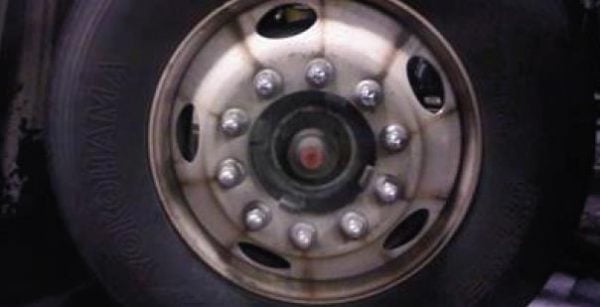
There is a cheap, effective way of telling when a wheel nut has come loose, though, and it’s done with plastic indicators that are fitted over the wheel nuts. For general use, they come in yellow, red, orange and light green.
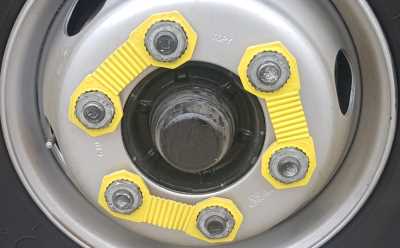
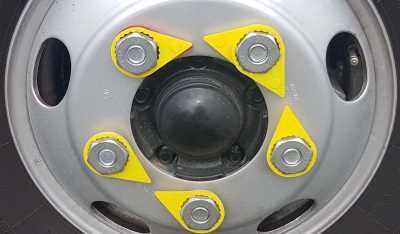
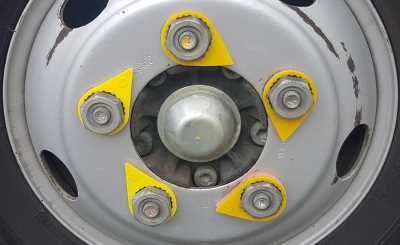
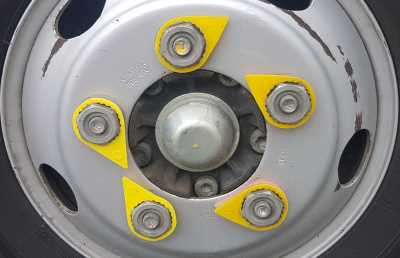
This system of using plastic indicators means that, at a glance, you can see whether the wheel needs attention.
Overheating
It also is a way to tell if there’s a problem with a sticking brake or a wheel hub that is dry as this will cause excessive heat in the wheel which will discolour and warp or melt the plastic.
Retorquing
A red indicator (or an indicator of a different colour) is used if a wheel has been changed but the nuts have not been retorqued.
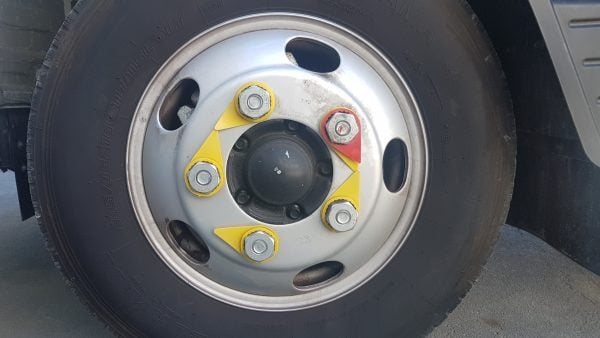
These lug nut indicators are not mandatory.
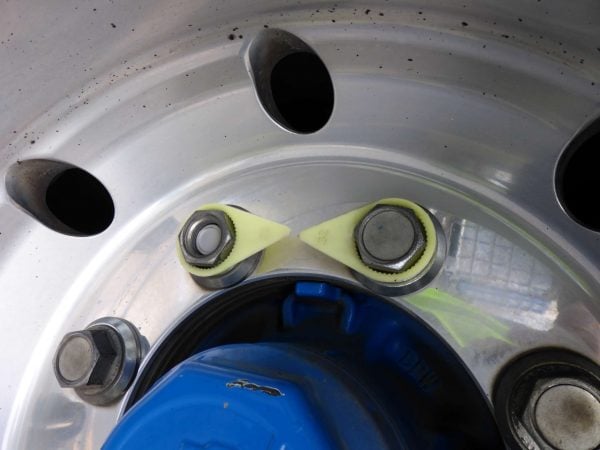
For transport companies with a dedicated tyre department, the lug nuts allow the mechanic or tyre technician to instantly see if any nuts need checking, saving time.
On some trailer wheels, a separate long plastic strip might be added to the wheel, from one nut, that extends to the sidewall of the tyre. This is to provide visual reference that the wheel is turning and helps diagnose sticking brakes on trailers that have many axles.
When won’t wheel nut indicators prevent wheel-off incidents?
A wheel-off incident can be a wheel-end failure, meaning the whole set of tyres comes off. This is a failure inside the hub, which is almost impossible to see on a pre-trip inspection. This sort of wheel-off incident would be caused by either mechanical failure, or the person who performed the last service did not check the axle nut was tight, or the locking ring was installed properly.

